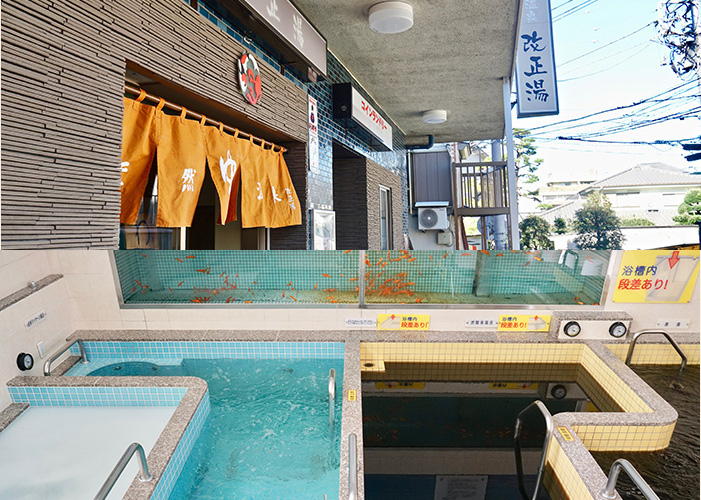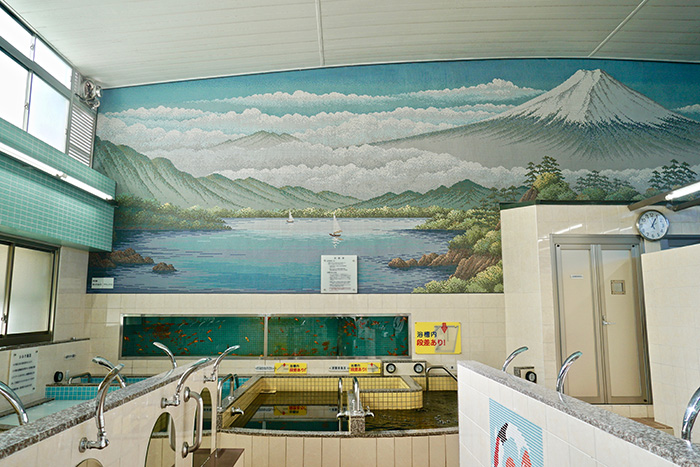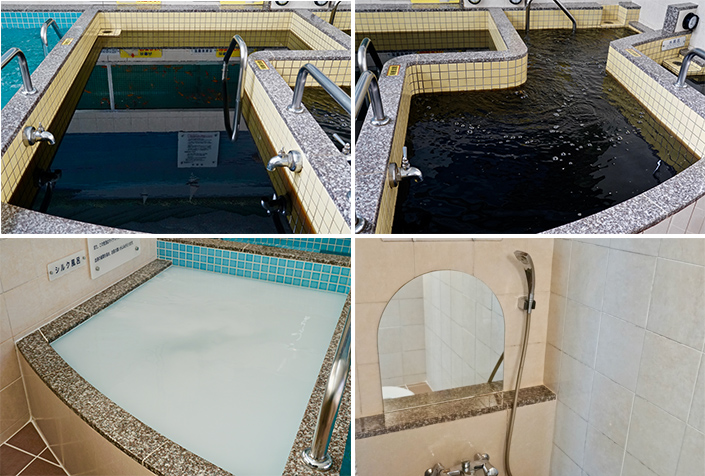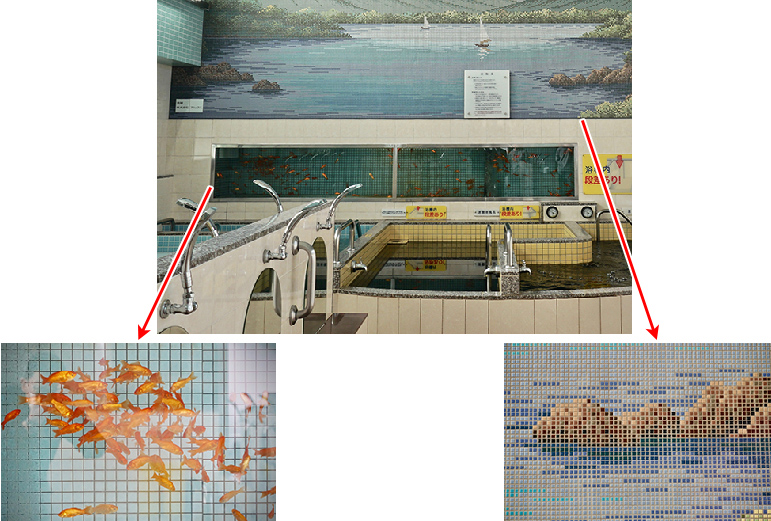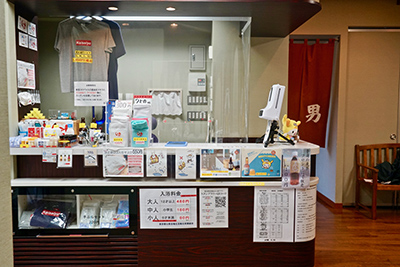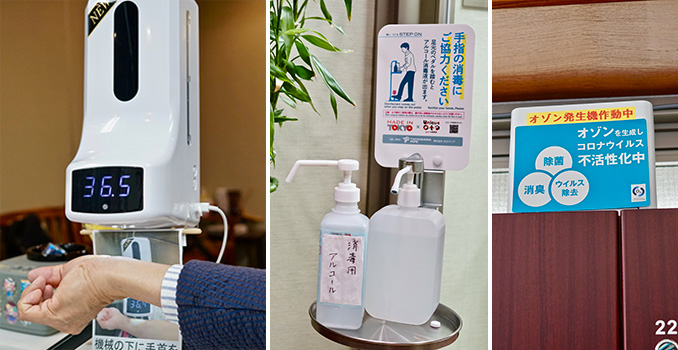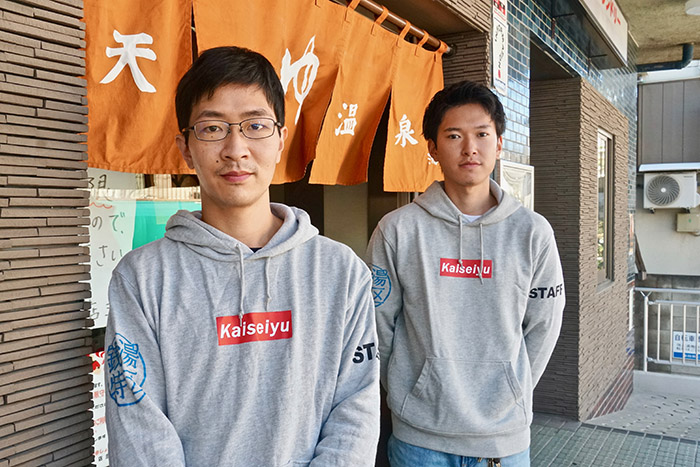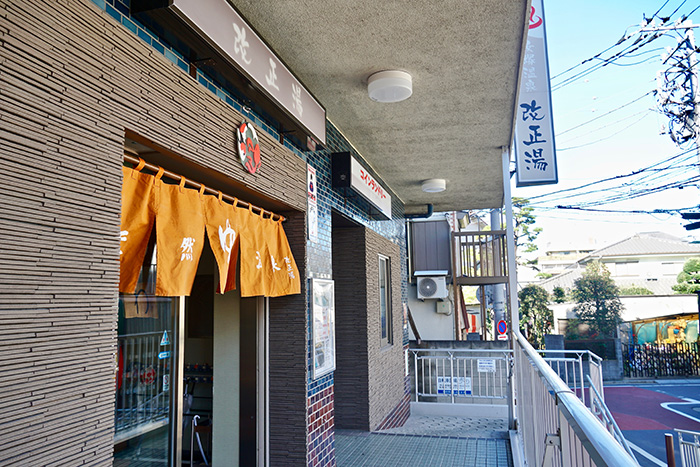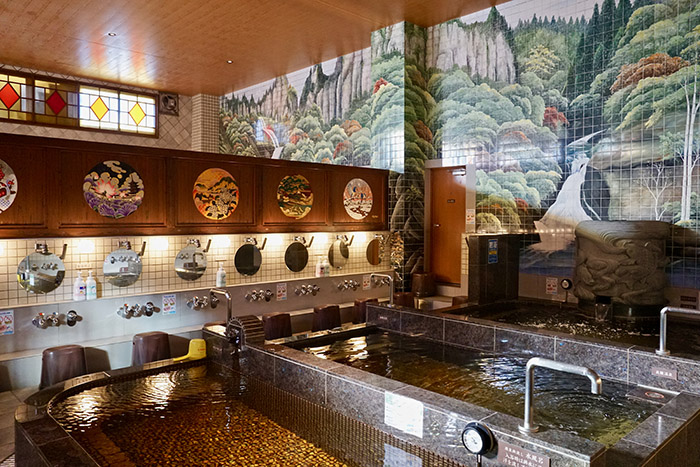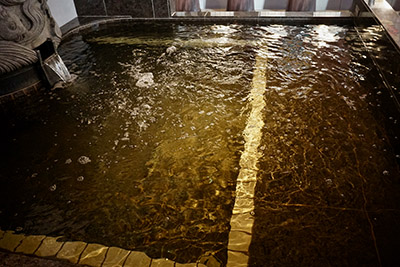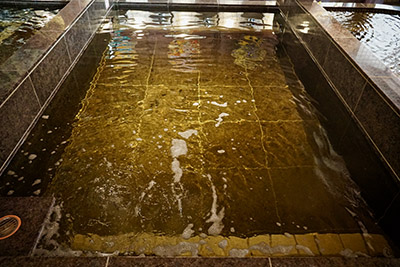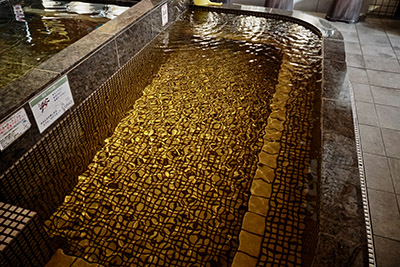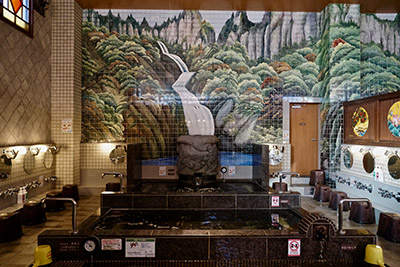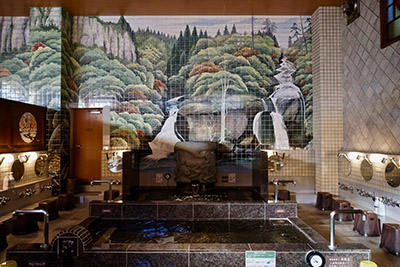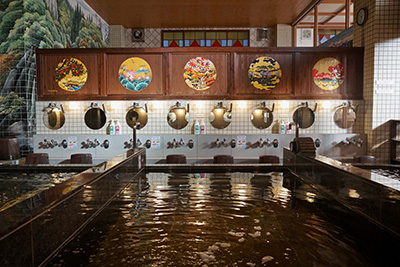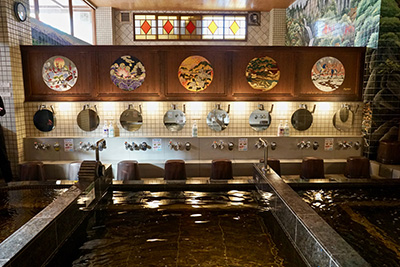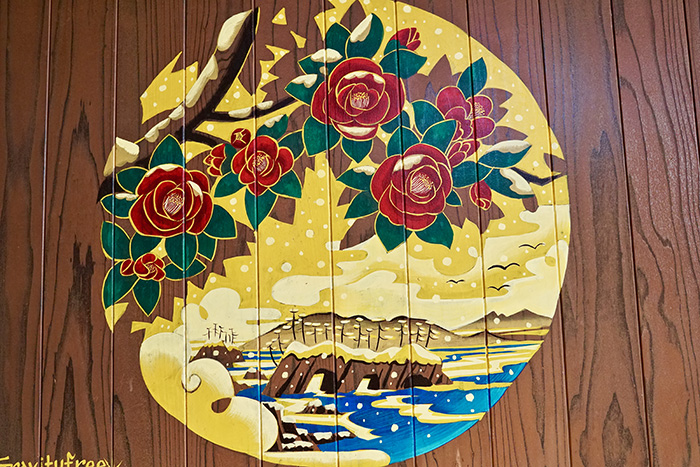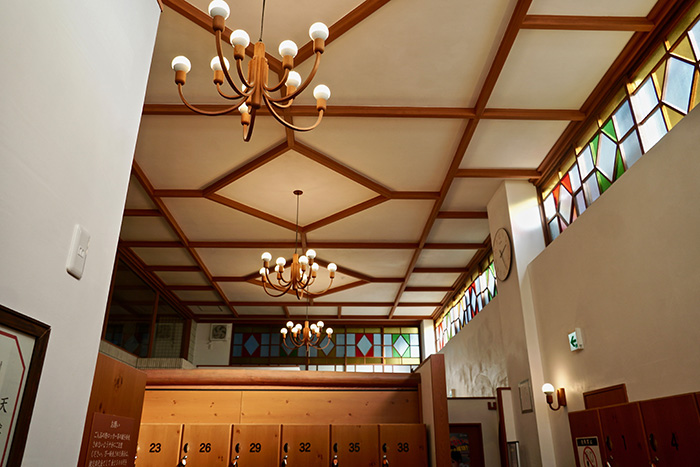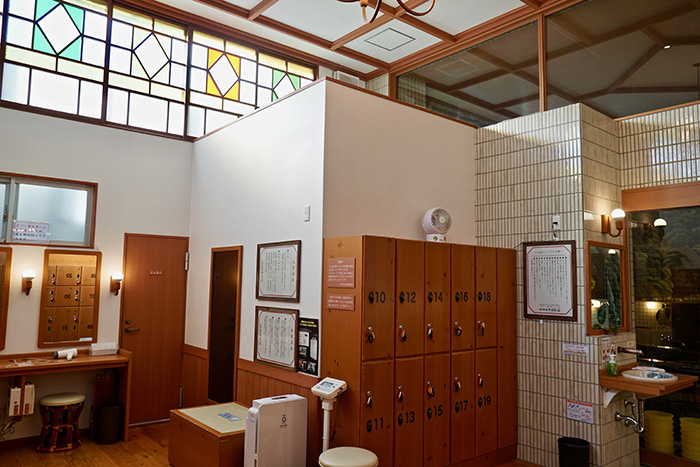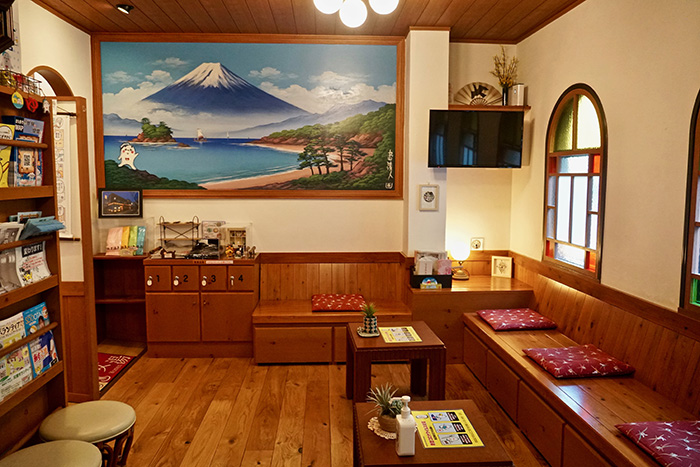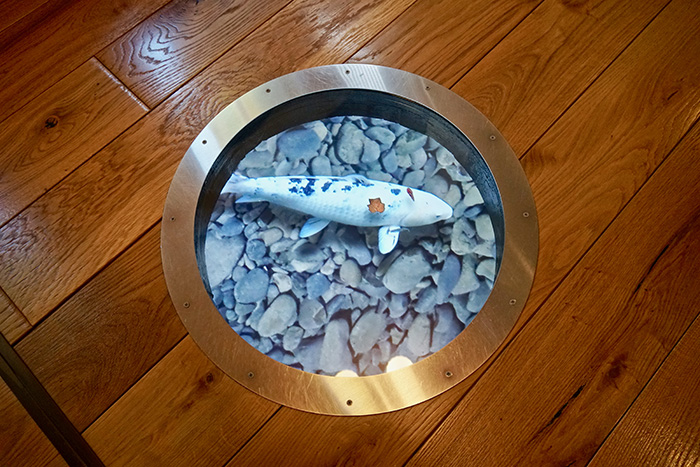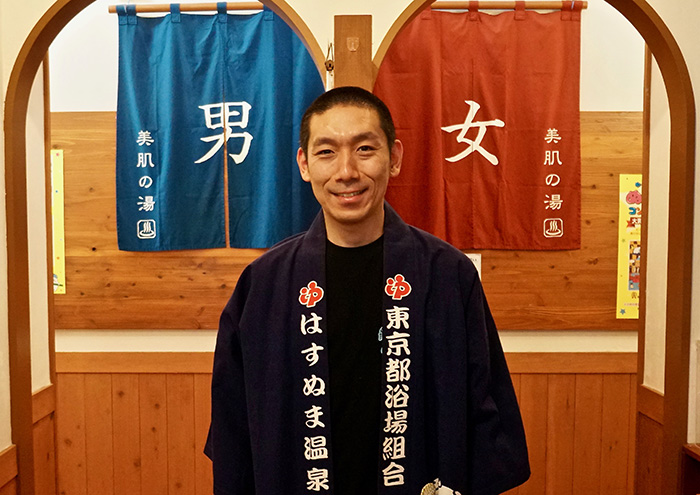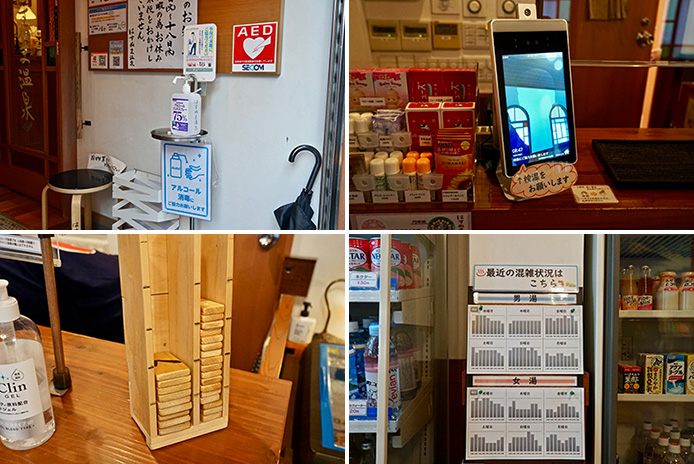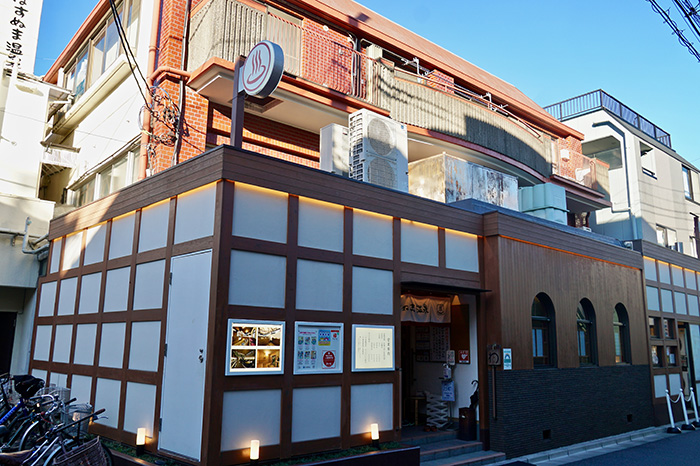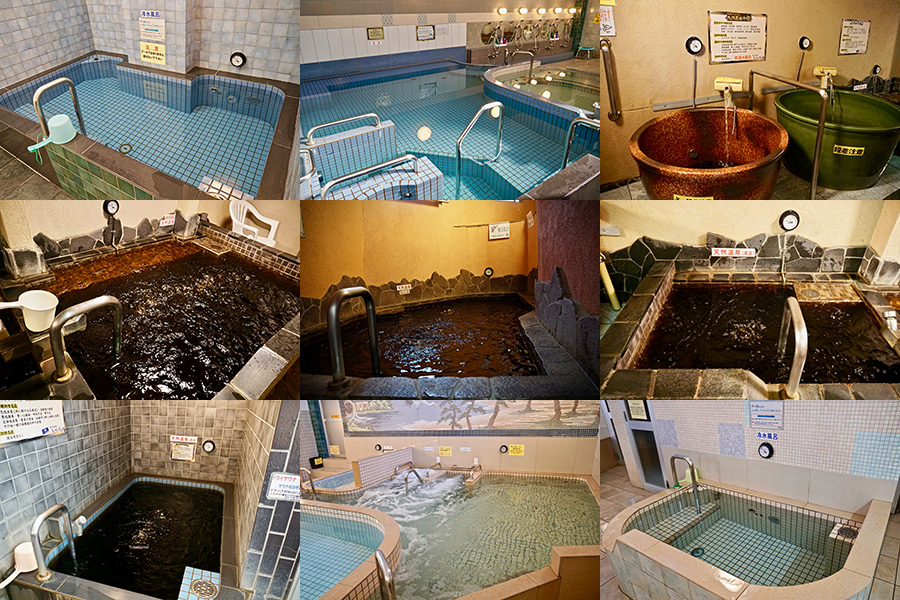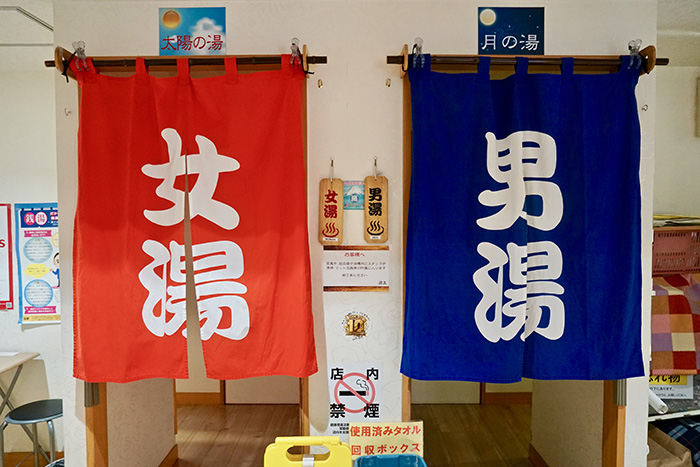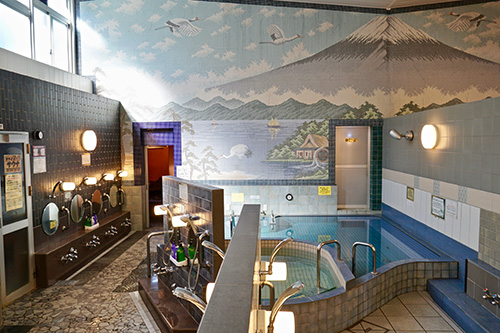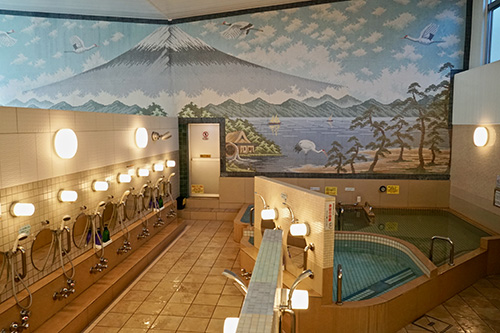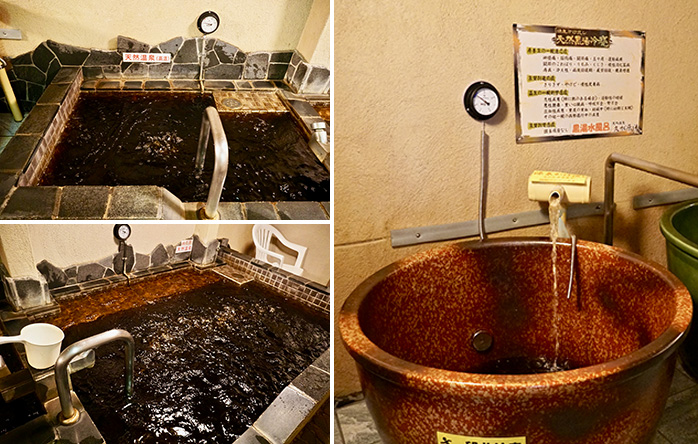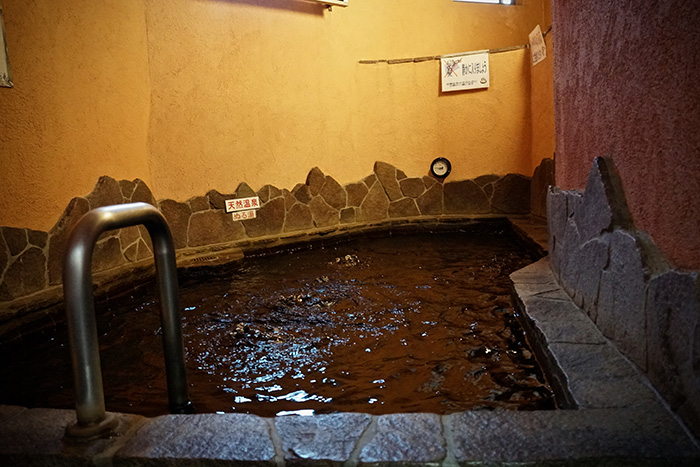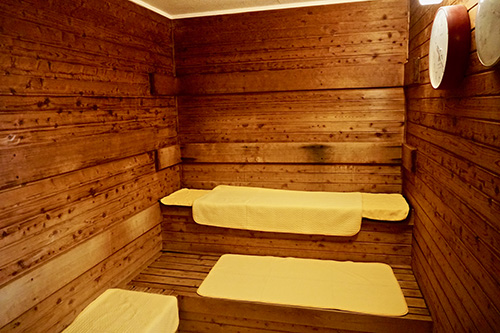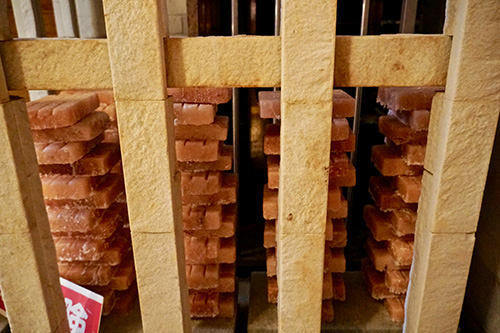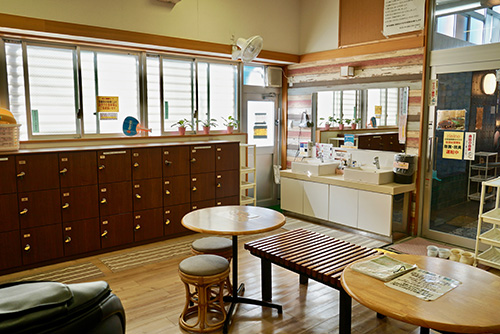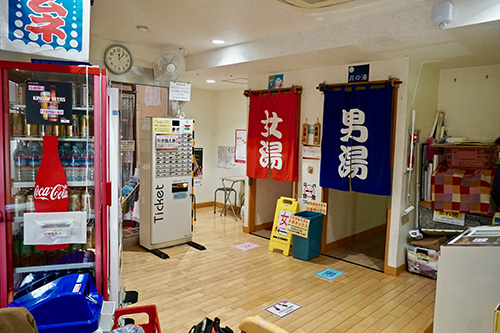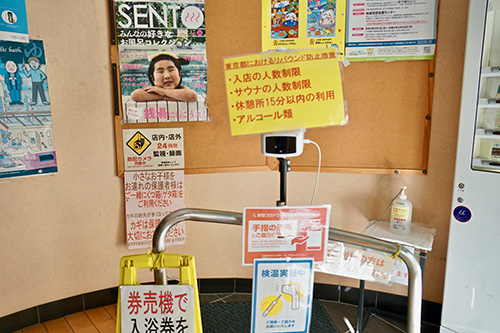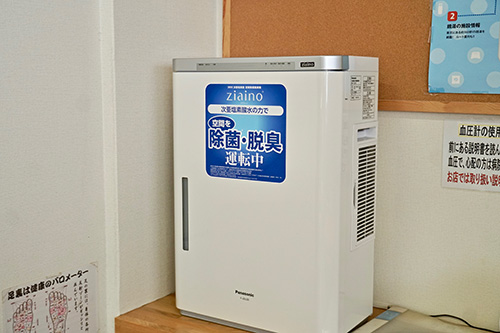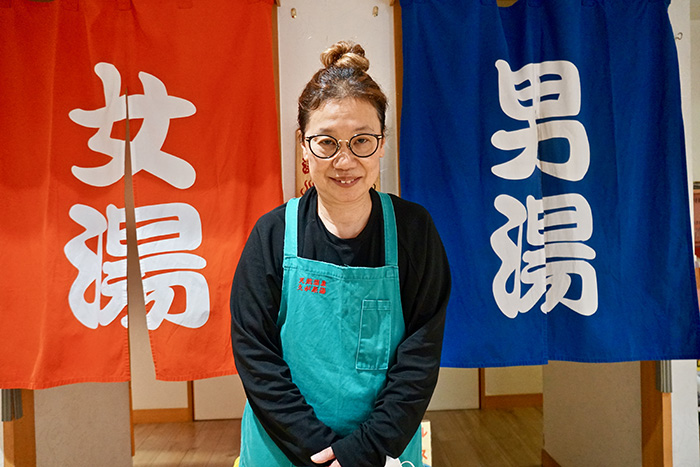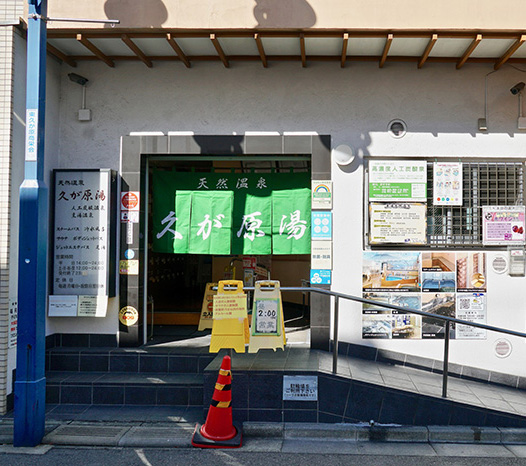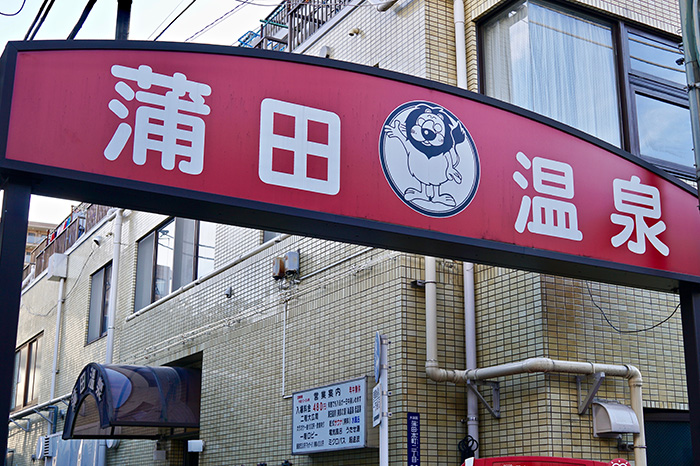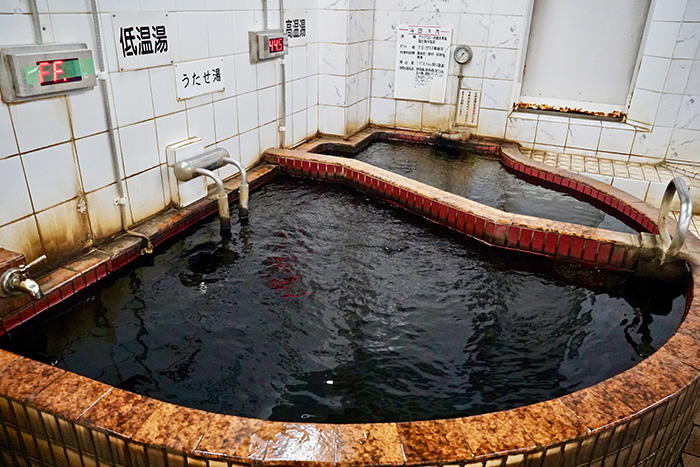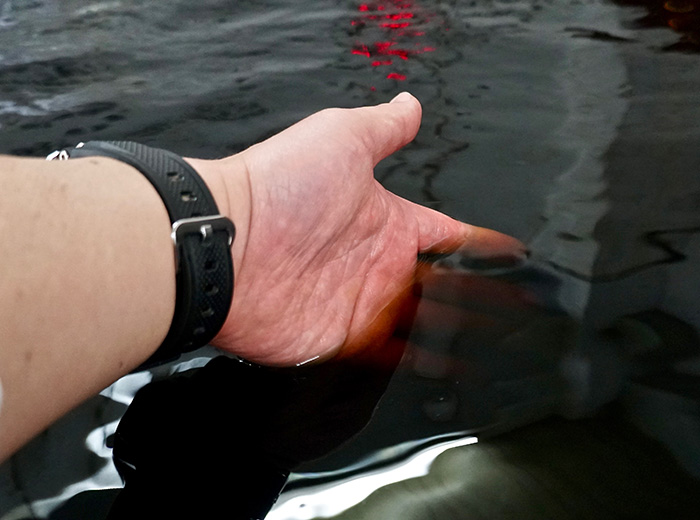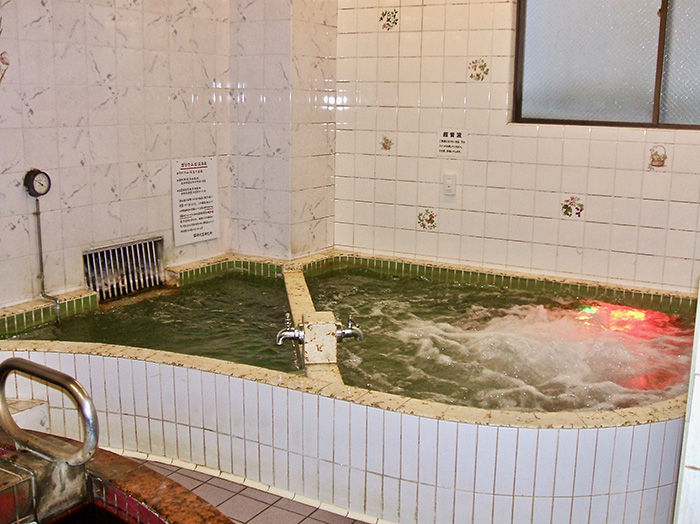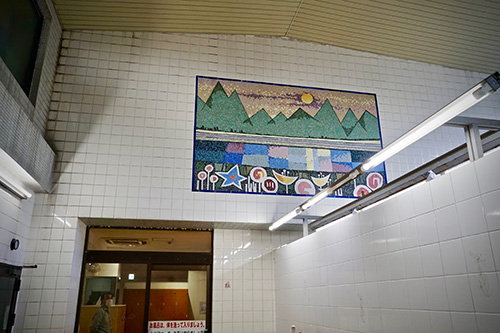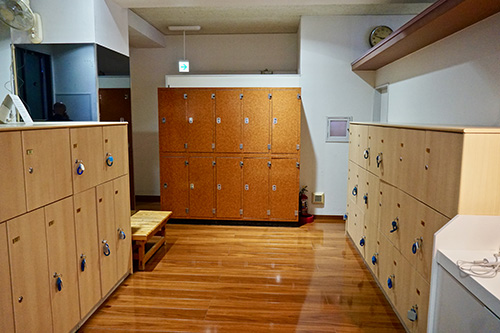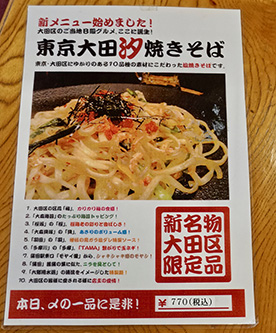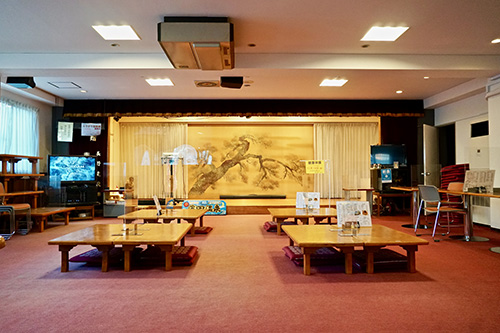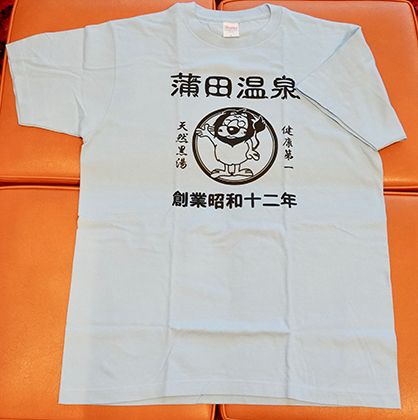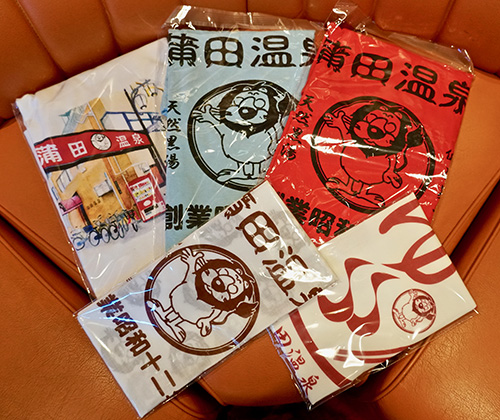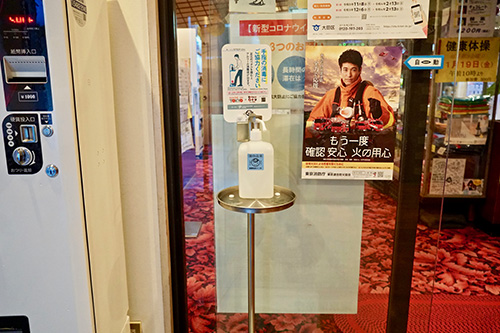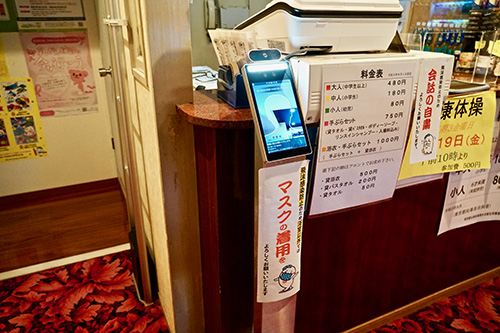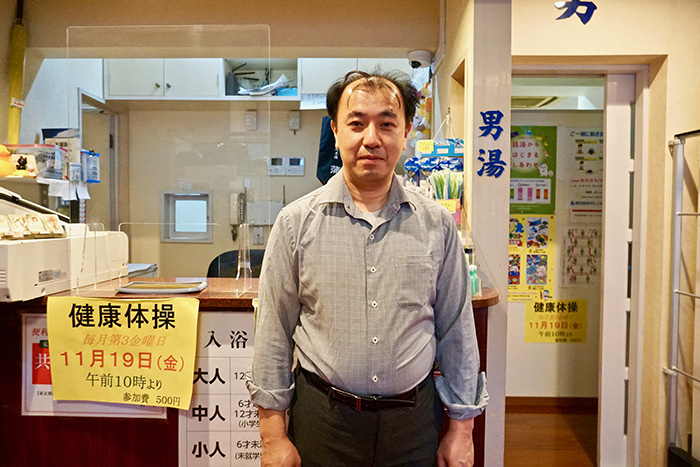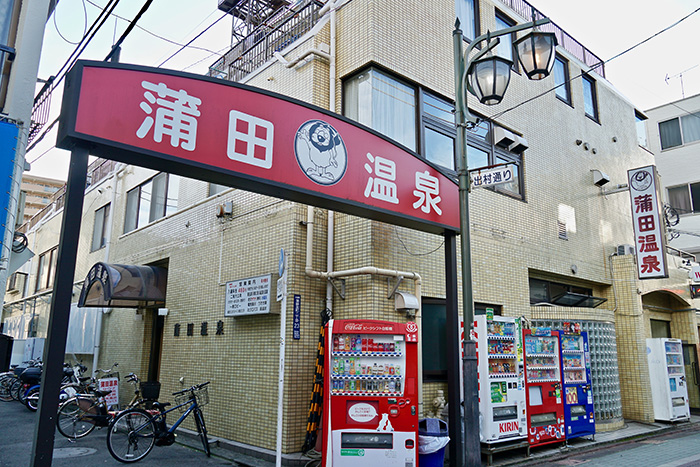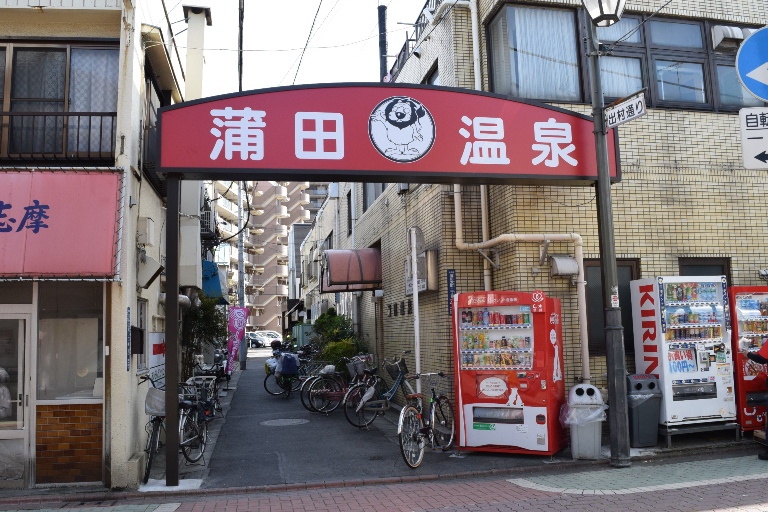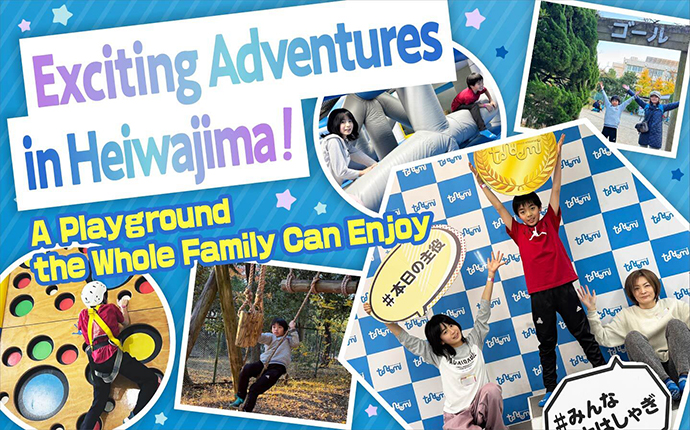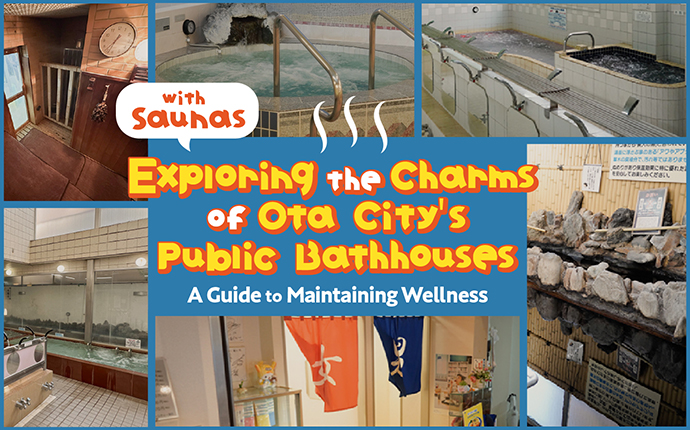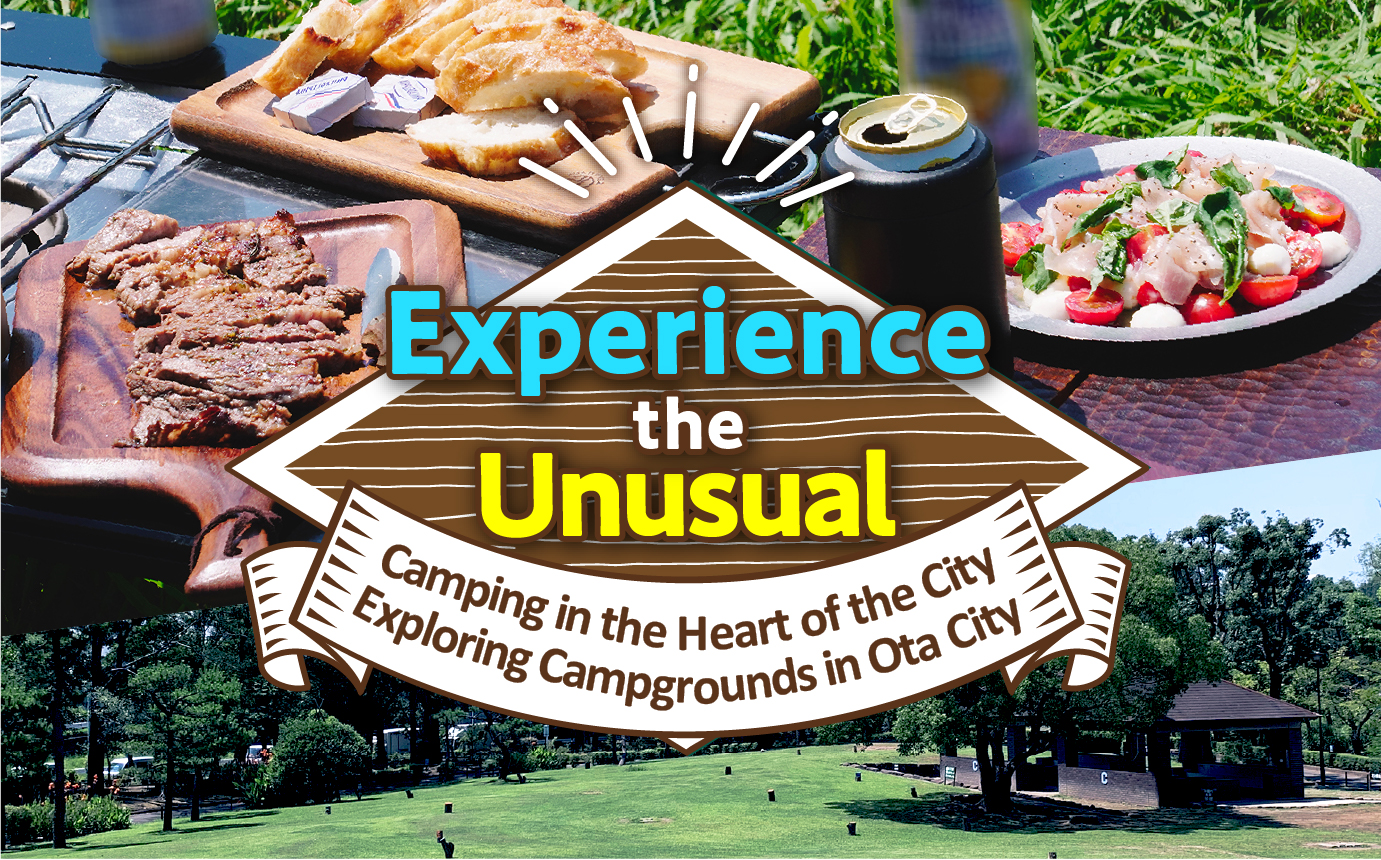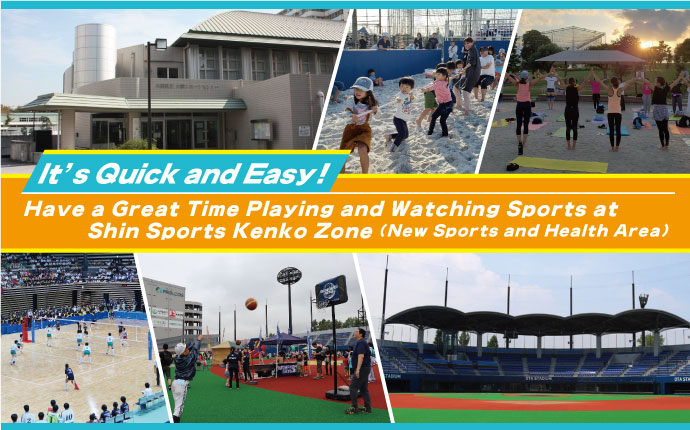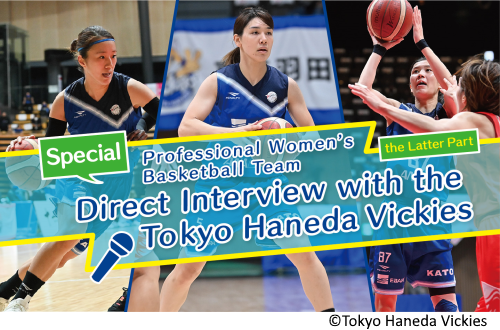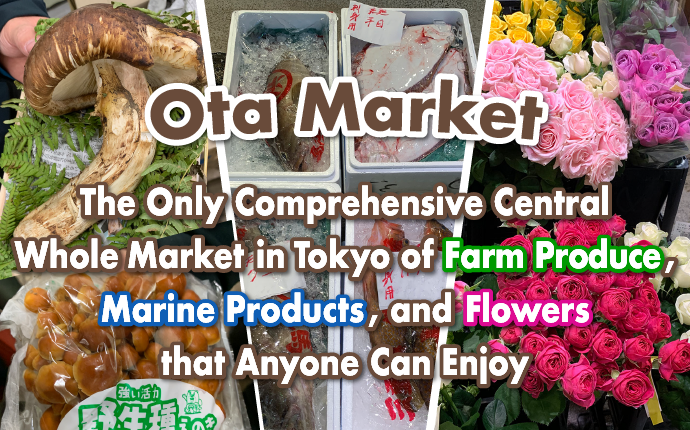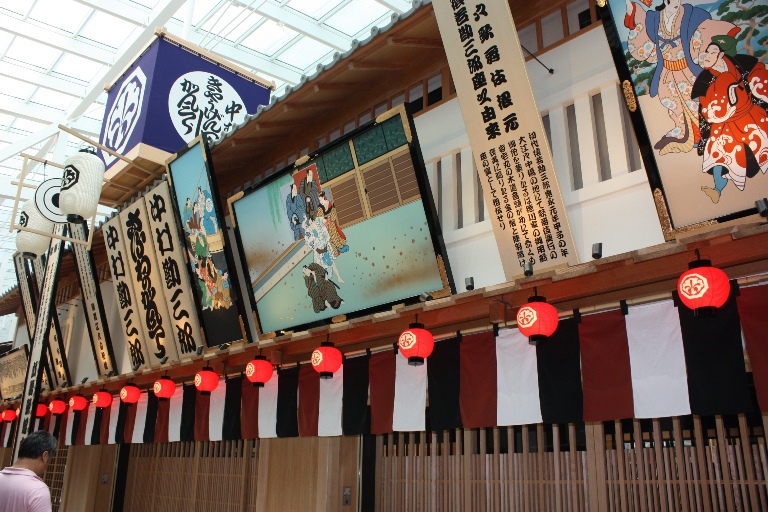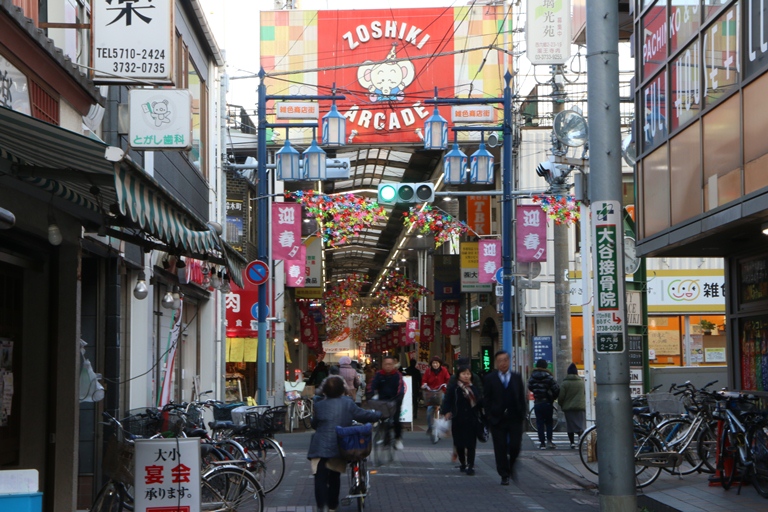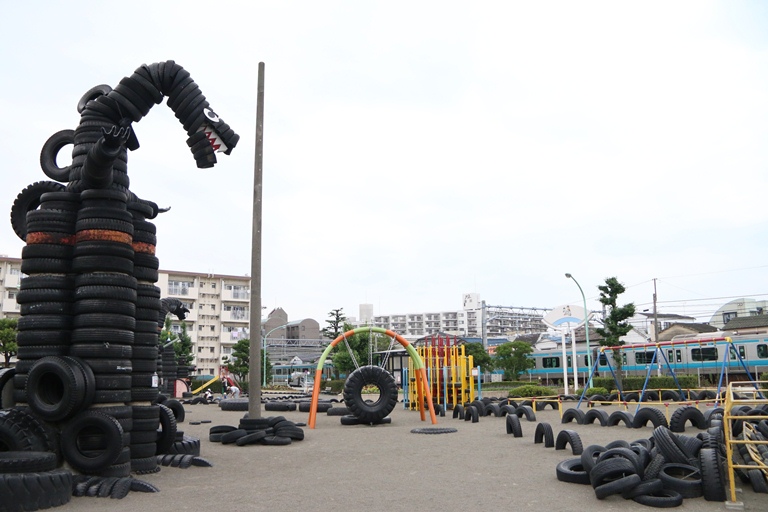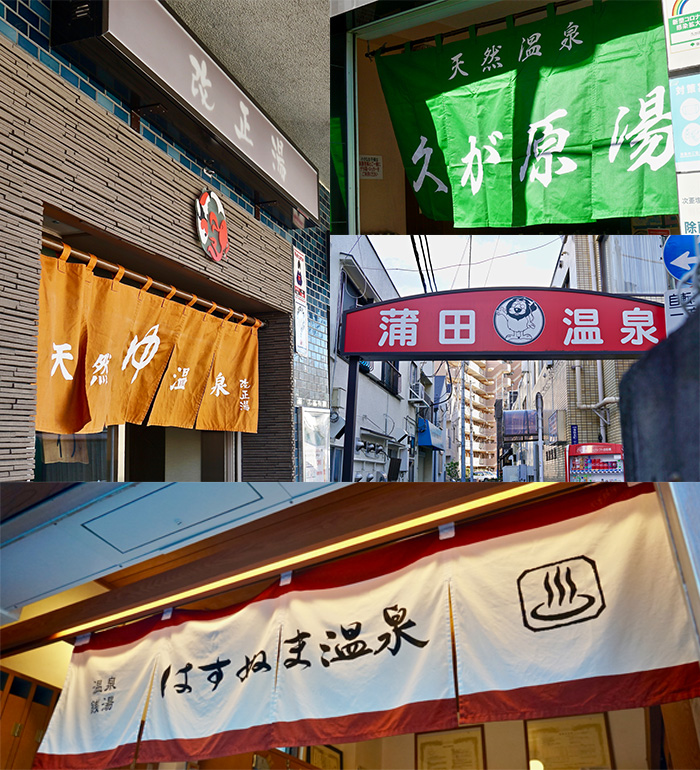
Ota City boasts more public bathhouses than any other ward in Tokyo.
Public bathhouses are loved by everyone not just for relaxation but also as a place where the local community can interact.
In this Special, we will cover these charming public bathhouses.
First, we spoke with Mr. Chikashi Kobayashi, the director general of the Ota City Sento Association and the owner of Kaisei-yu, one of the oldest operating public bathhouses in Ota City, about public bathhouses in Ota City.
* Please note that the information regarding the establishments in the article may change without notice. Make sure to check for up-to-date information before you visit.
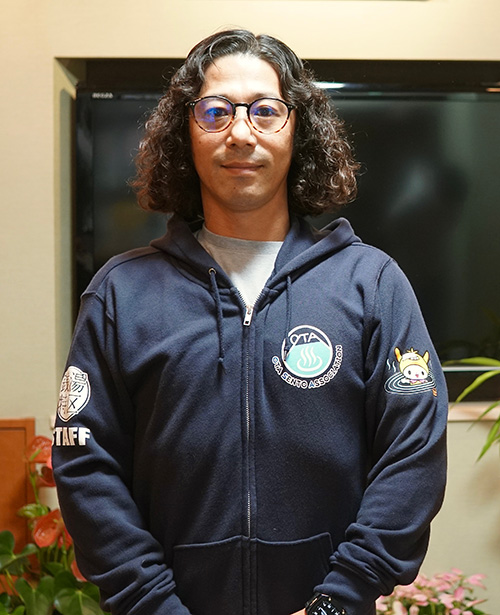
“The Ota City Sento Association is working to revitalize the public bathhouse industry under the term ‘Sento Special Zone.’
Most of the remaining public bathhouses in Ota City opened for business during and after the war. I am the fourth generation owner of Kaisei-yu. The first generation started the bathhouse in Ota City in 1929. The heyday of the business was from 1955 to 1965. Since there were many factories in the area, there were close to 100 public bathhouses in Kamata alone.
These days, the number of public bathhouses is decreasing not only in Tokyo but in Japan as a whole. Even still, Ota City has more public bathhouses than any other ward in Tokyo.”
— Why is it that there are still many public bathhouses remaining in Ota City?
“In addition to being a place of relaxation for the elderly, there are still some houses in the area that do not have baths, and there are so many public bathhouses that use hot springs that people call it ‘Ota City hot spring town.’ Also, there is a demand for leisure facilities. Rather than just saying there’s a need for bathhouses as leisure facilities, we’re trying to create a need for that, and this is something we have been focusing on in recent years.”
— What are you focusing on, specifically?
“These days, many children are not familiar with public bathhouses, which is why we offer free admission to elementary school students and younger on the first Sunday of each month, as well as holding events like picture-story shows about public bathhouses at nursery schools.
We have been holding collaboration events together with the sento association of a neighboring city, Kawasaki, since 2013. We are holding a stamp rally event starting this December (2021) with the cooperation of Keikyu Corporation, hoping to receive some good attention from that. We hope that this will be a good opportunity for people who are not that familiar with public bathhouses to come and visit.”
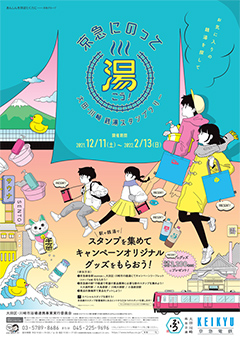 | 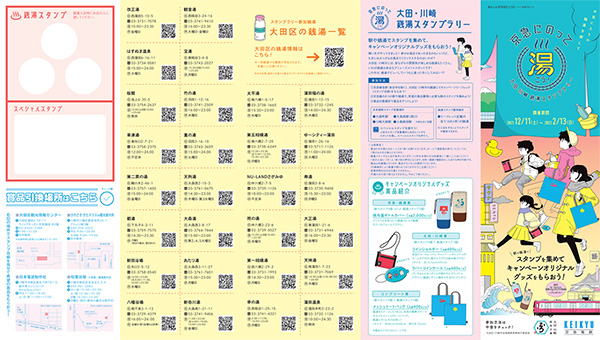 |
— So, you’re creating an image of a bathhouse as a fun place through initiatives like that then?
“Exactly. We would like to continue trying to differentiate public bathhouses in Ota City from bathhouses anywhere else, putting them a step or two ahead of the rest of the wards in Tokyo, or even the rest of Japan, and to be the leading city of the public bathhouse industry. It is, for sure, rare to find such a large number of public hot spring facilities in the Tokyo metropolitan area, and there is no doubt that the public bathhouse scene in Ota City is strong and vibrant. It would be great if we could infuse this vitality into the public bathhouse industry nationwide.”
— What do you think makes it so strong and vibrant?
“I think it’s because the city itself is lively. Ota City also boasts more shopping districts than any other ward in Tokyo. In that sense, I really feel firsthand that the residents lead a fulfilling life rooted in their local community. Public bathhouses are definitely a part of that.
There are not many businesses where the customers thank you from the bottom of their hearts, saying, ‘Thank you. The baths felt very good.’ I would like to continue doing my best to make everyone even happier.”
Thanks to Mr. Kobayashi, we were able to learn a lot about public bathhouses in Ota City.
The light brown or blackish brown “kuroyu” hot springs occur in many places around the waterfront areas including Ota City and have been used in public bathhouses in Ota City since ancient times.
Let’s take a look at a few specific places to see what kind of public bathhouses we have.

